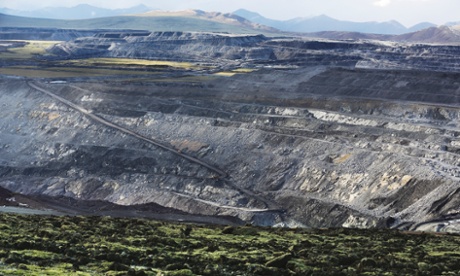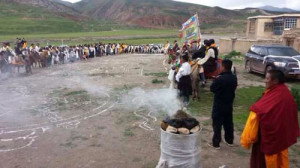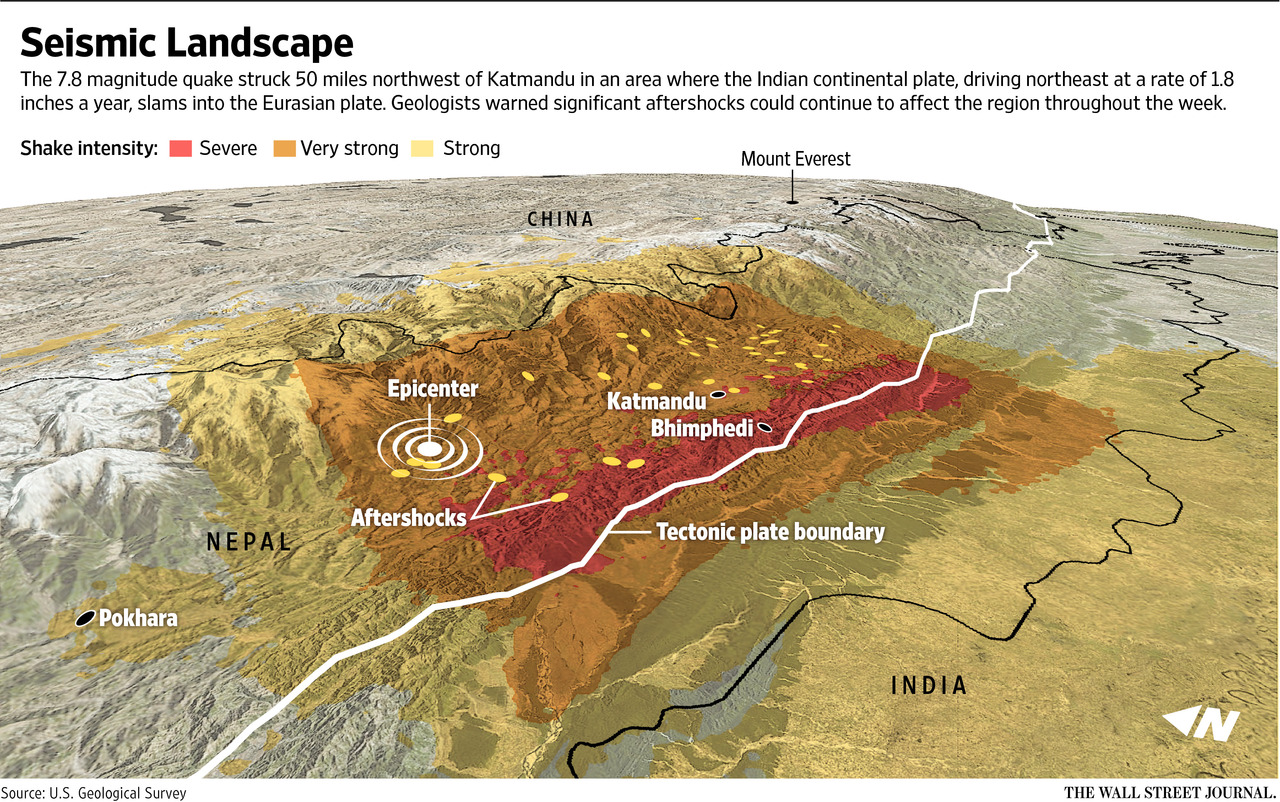Illegal coal mine encroaching on nature reserve in north-west China
Jonathan Kaiman, The Gaurdian|August 7, 2014
Coalfield 14 times the size of the City of London turns alpine meadows into craters in Qinghai, Greenpeace investigation reveals
A Chinese coal company has been operating illegal open-pit mines in alpine meadows on the far-western Qinghai plateau, potentially endangering one of the country’s largest rivers, a new investigation has found.
Four opencast mines on the Muli coalfield, operated by the private corporation Kingho Group, could seriously endanger a fragile ecosystem high on China’s far north-western Qinghai-Tibetan plateau, according to an investigation by Greenpeace East Asia released on Thursday. The coalfield is 14 times larger than the City of London, Greenpeace said. Two of its mines overlap with a protected nature zone, making them illegal, and another two are preparing to expand into the zone.
“China’s natural reserve law says you shouldn’t be doing any large-scale operations within national parks,” said Li Shuo, the organisation’s climate and energy campaigner. “This is a clear violation.”
Photographs taken by Greenpeace show alpine-green meadows suddenly falling off into massive black and ash-grey craters. Glacial melt from the Qilian mountains – an 80 sq km protected zone abutting the coalfield – runs directly into a tributary of the Yellow river, China’s second-longest waterway.
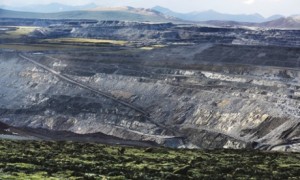
“The Muli coalfield is a growing cancer on an otherwise intact alpine ecological system,” said the Greenpeace report. “The opencast coal mining over years has destroyed the alpine meadows connecting the glaciers on the mountains and the plateau, cutting off the channel for rainfall and melt water to feed into rivers. As a result, the water-holding capacity of the landscape is significantly compromised.”
The problem is rooted in China’s reliance on coal, which accounts for approximately 70% of the country’s energy. As China’s energy demand rises – and levels of air, water, and soil pollution in the country’s overcrowded east become unbearable – the central government is slowly shifting heavy mining and industrial operations to the country’s sparsely-populated west. Yet environmental groups say that authorities have not developed an adequate regulatory framework to keep the environmental impact of the new projects in check, creating a risk of mass water shortages and desertification.
Coal extraction is a highly water-intensive process. Yet “if you look at water management [policies] in China, there aren’t any strong points on coal and energy development – the regulations are quite weak,” said Zhong Lijin, senior associate and China Water Lead at the World Resources Institute. The central government has approved 16 “coal power bases” (pdf) for construction between 2011 and 2015, most of them in the country’s interior. Their combined output – 3.5bn tonnes of coal per year will eventually compromise 80% of China’s coal consumption.
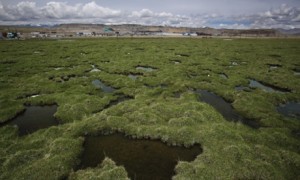
“On the bright side, you can see the central government is paying more attention to this issue,” Zhong said. She said that national energy authorities have recently adopted new rhetoric, urging provinces and cities to use caution when approving water-intensive energy projects. On Monday, Beijing’s Environmental Protection Bureau said that the municipality will completely abandon coal by 2020, and instead prioritise natural gas.
The Kingho Group began developing the Muli coalfield in 2003, lured by government programmes to attract business and investment. According to Greenpeace, the company has built a “complete coal industry chain” in the area, including a coal chemical plant 90 miles away from the mines.
Environmental experts completed an environmental impact assessment report for the coalfield in 2010, according to the report, and found that two parts of the coalfield overlapped with a buffer area of the nature reserve. In 2011, the ministry of environmental protection told local authorities that they should ban mining in the area and contain the coalfield’s scale. Despite the words of caution, the mines are moving ahead with plans to expand.
Greenpeace found that the company and government have not systematically assessed the projects’ impact on the surrounding ecosystem. “The projects therefore went ahead before the long-term impacts of mining were fully studied,” the report said.

